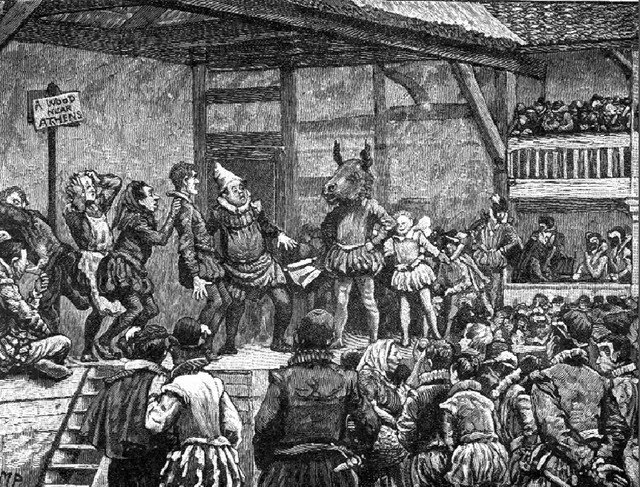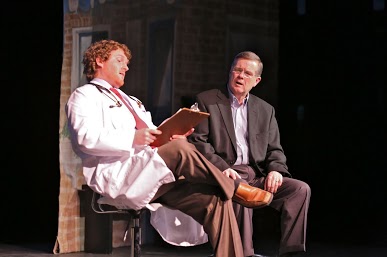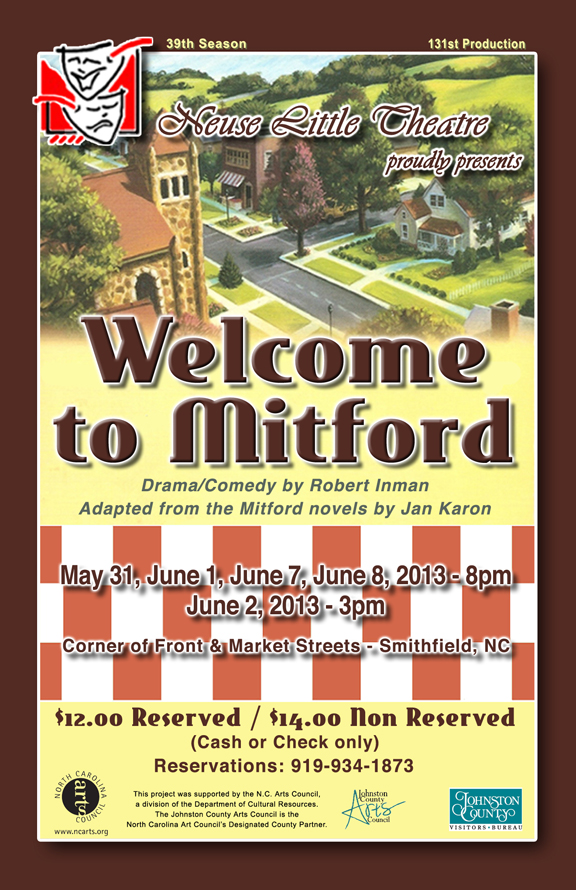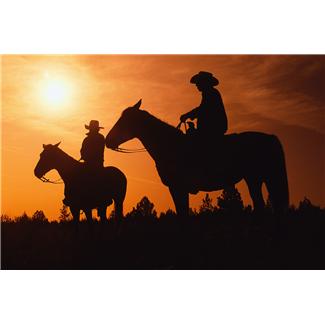Bear Bryant's Mama. And mine.
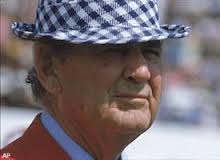 Legendary Alabama football coach Paul “Bear” Bryant was once hired by the phone company to do a Mother’s Day telephone commercial. Coach Bryant’s only scripted line was, “Call Your Mama.” When the camera rolled, he spoke the line perfectly. And then he ad-libbed, “I wish I could call mine.” The phone company folks loved it, and they kept it in the commercial.
Legendary Alabama football coach Paul “Bear” Bryant was once hired by the phone company to do a Mother’s Day telephone commercial. Coach Bryant’s only scripted line was, “Call Your Mama.” When the camera rolled, he spoke the line perfectly. And then he ad-libbed, “I wish I could call mine.” The phone company folks loved it, and they kept it in the commercial.
Don’t we all feel that way, those of us whose Mamas have passed on? I sure do. I think when we lose a parent, especially a mother, we lose part of our history. Sure, we can have photos and letters and clippings and the like, but it doesn’t compare to calling Mama – or better still, going to see her – and sitting for a spell to recall something of the past we share.
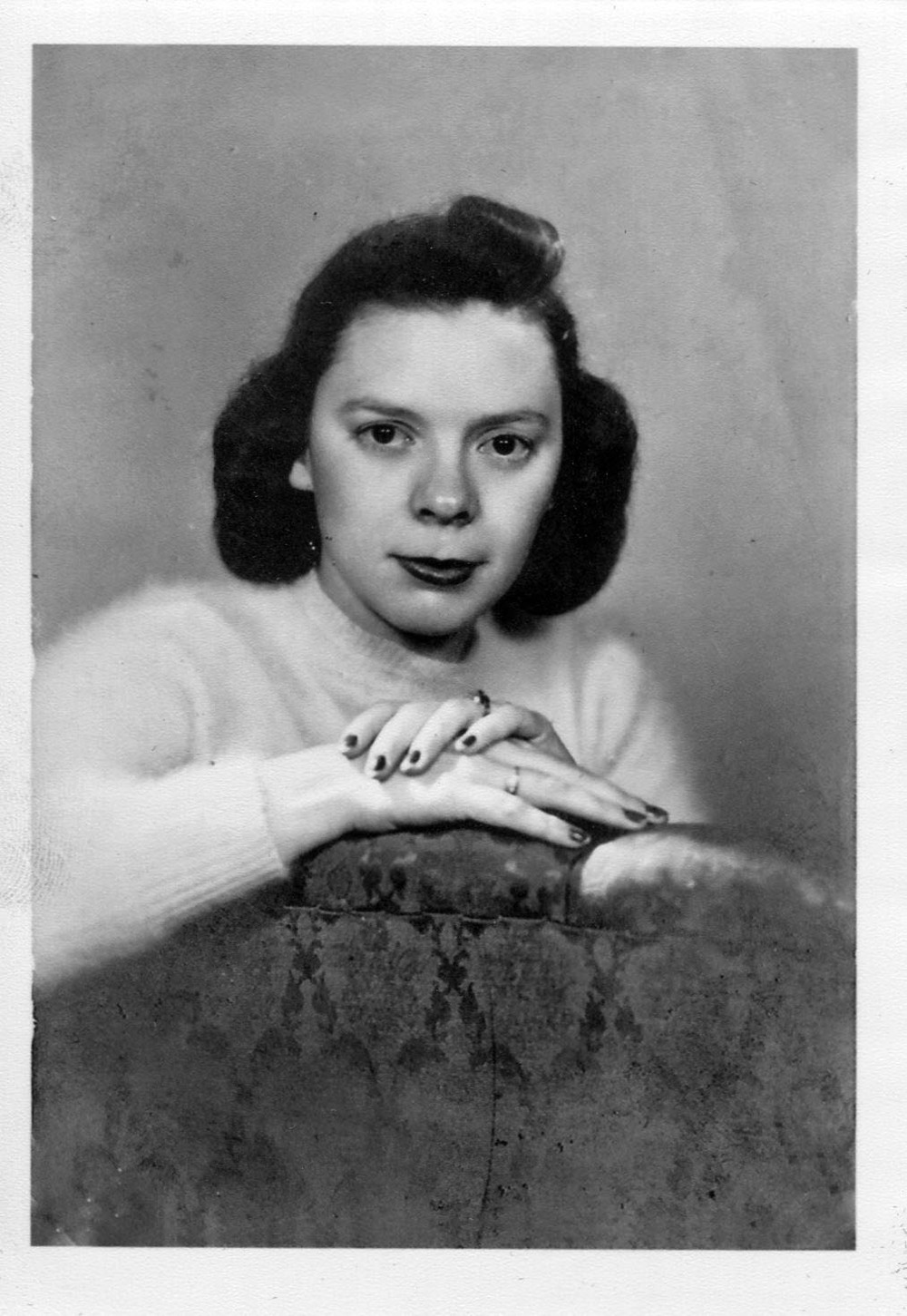 When I was writing my first novel, Home Fires Burning, I set it in a small southern town that physically looked a lot like the place where I grew up. I drew extensively on the history of the town and its people, and when the book came out, folks in my hometown tried to figure out who was who, and why I put the fire station on the wrong side of the courthouse square. It was fiction inspired by reality, and when I was writing, I would frequently pick up the phone and call my mother, a native, to get the background on one thing or another. When the book was published, she said I got it right. Alas, when I was in the middle of my second novel, Old Dogs and Children – set in a similar small southern town -- she passed on. I couldn’t call Mama any more. I was on my own.
When I was writing my first novel, Home Fires Burning, I set it in a small southern town that physically looked a lot like the place where I grew up. I drew extensively on the history of the town and its people, and when the book came out, folks in my hometown tried to figure out who was who, and why I put the fire station on the wrong side of the courthouse square. It was fiction inspired by reality, and when I was writing, I would frequently pick up the phone and call my mother, a native, to get the background on one thing or another. When the book was published, she said I got it right. Alas, when I was in the middle of my second novel, Old Dogs and Children – set in a similar small southern town -- she passed on. I couldn’t call Mama any more. I was on my own.
But in a much more important way, my mother lives on in my writing life. I was born in 1943, and soon after, my Dad shipped out for Europe to fight in the war. Mother filled a lot of empty hours in that small southern town by reading to me. She started as soon as I was old enough to hold my head up, and somewhere along the way, I began to associate words on the page with a story that set off pyrotechnics in my young brain. I was hooked. I hungered for stories, and later, I began to want to tell my own.
What my mother gave me was the gift of imagination. That, more than anything else, is the reason I’m a writer, a storyteller. I can’t call Mama, but every time I sit down to write, she calls me. I’ll bet Coach Bryant’s Mama often did the same.
Robert Inman’s novels are available on Amazon Kindle, Barnes & Noble Nook, and Kobo e-readers.
